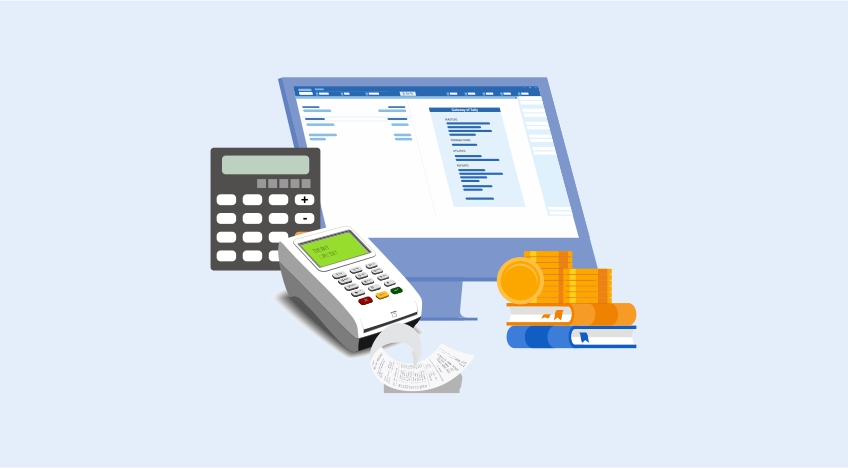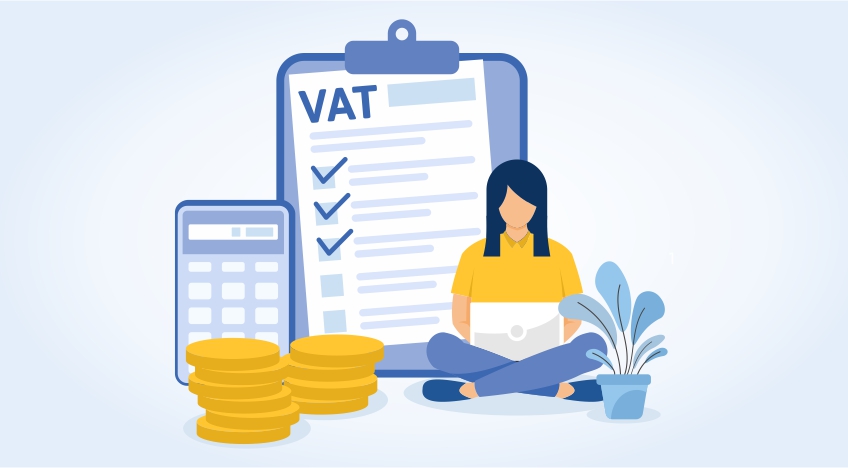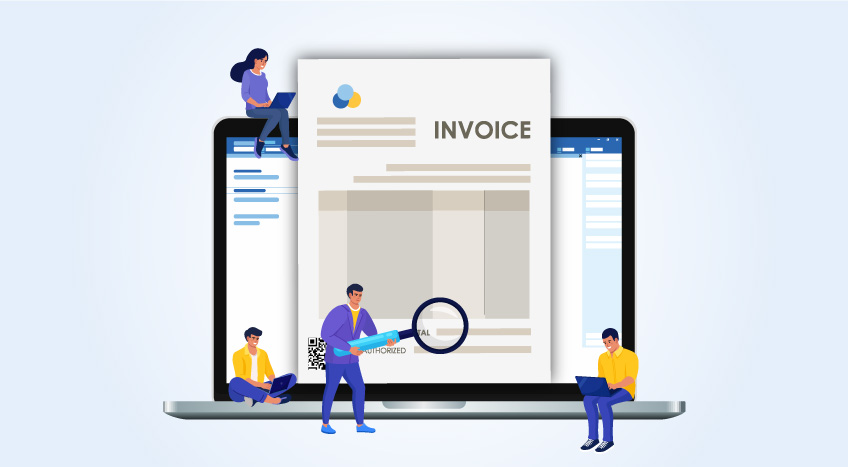The new Tax Invoice Management System (TIMS) is becoming increasingly popular among businesses in Kenya. Companies must have an Electronic Tax Register (ETR) as Kenya is implementing e-invoicing in different stages. Companies must load all electronic invoices in the ETR before they are checked for accuracy and sent to the tax portal for further processing.
TIMS, a modified version of the ETR, controls and tracks the movement of electronic invoices issued by businesses. The TIMS system have standardised all electronic invoices and once an invoice is uploaded on the TIMS system, it can be viewed by the Kenya Revenue Authority (KRA). All business systems like ERP (Enterprise Resource Planning), iTax and Point of Sale (POS) can be seamlessly integrated into TIMS.
The new TIMS system in Kenya explained
Kenya’s new tax invoice management system uses upgraded ETRs to process tax in the country. Businesses eligible to pay VAT use TIMS to generate electronic invoices automatically and remit them without any time lag. Here is how the Kenya Revenue Authority works with the new TIMS:
- Businesses update and get their new ETRs (Type C, for this purpose), ensuring that their e-invoicing or accounting software is integrated with the new ETRs.
- The new ETR acts as the control unit for the business. This means it checks and validates all the electronic invoices for their authenticity. These invoices are transmitted to the official portal of the KRA only after the type C ETR approves and electronically signs them.
- After the validation process, the invoice gets unique details like QR code, control unit number and invoice number added.
With the new TIMS in place, the process of VAT management has become quicker, more accurate and reliable than before. The new electronic tax registers used in TIMS have updated features to allow seamless integration with external trader systems like ERP and POS.
The real-time processes of standardisation and transmission to the KRA portal make VAT management a breeze.
Importance of having proper e-invoicing software
The first step in mastering Kenya’s Tax Invoice Management System is proper business, accounting, or e-invoicing software. The software will automatically migrate invoices to the TIMS if it is updated and has the right functionalities.
Are you wondering how e-invoicing software can streamline and simplify TIMS? A good e-invoicing software like TallyPrime can automate all processes, including invoice generation, processing and validation. Since manual efforts are reduced to nil, you can expect the invoicing process to be more accurate and reliable than before.
It is easier to load error-free and correctly formatted invoices on the type C-ETR to undergo further validation. Correct invoices are then validated and given unique QR codes, invoice numbers and control unit serial numbers.
Invoices entered manually are susceptible to errors. Loading them on the ETRs and finally to the KRA portal takes a lot of time, as you need to correct the mistakes that keep coming up at every stage. This delays the VAT management process, and the purpose of real-time standardisation and remitting the invoices on the KRA portal gets defeated.
In addition, a proper e-invoicing software solution improves data security and integrity, speeds up payment processing, saves time, reduces costs, enhances environmental sustainability, boosts reporting, and is always 100% compliant.
What type of e-invoicing software do you need for TIMS?
If you want to simplify TIMS and make it an accurate process, you should keep the following points in mind when choosing e-invoicing software:
- It has functionalities supporting seamless integration into the new Type-C Electronic Tax Registers.
- Its latest features generate accurate and compliant invoices with relevant details like QR codes, invoice numbers and control unit serial numbers post-validation.
- Cases like sales or purchase returns may sometimes happen; your e-invoicing software should support the VAT on these transactions through its debit note and credit note interlinking feature.
- Software should be aware of Kenya’s latest VAT compliance regulations; this can save you from paying huge penalties for non-compliance.
- Automated error detection and correction processes ensure VAT returns are filed correctly, accurately and on time every time.
Bottom line
As you can see, tax invoice management systems in Kenya are highly dependent on the accuracy of your e-invoicing software. VAT compliance is possible only when the software always generates compliant invoices.
Therefore, spending some time and effort choosing the right e-invoicing software like TallyPrime is a good idea. This way, you can be relieved that your software is equipped with all the features and functionalities to seamlessly integrate with the new ETRs and successfully transmit the invoices on the KRA portal in real-time.










